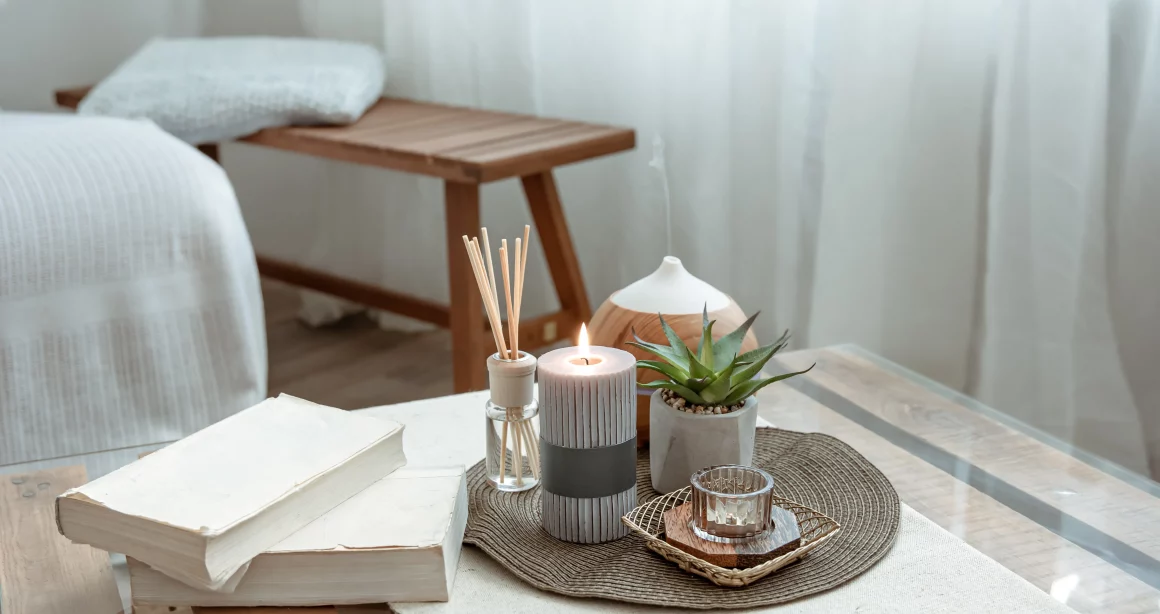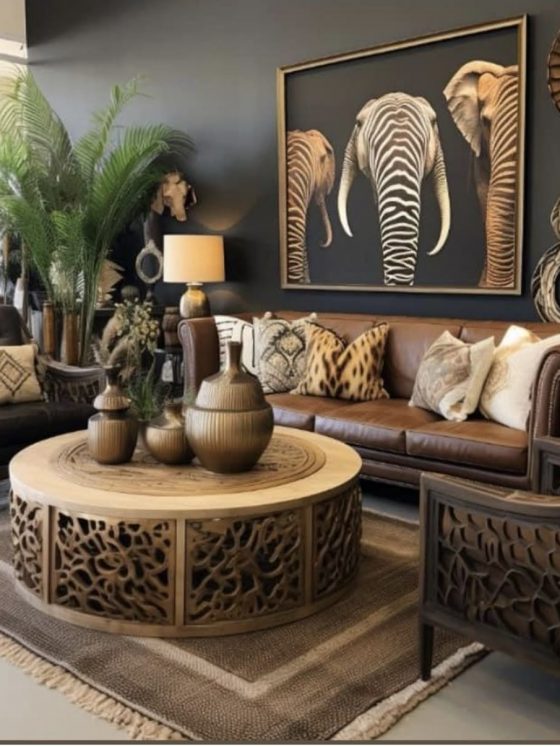There’s a reason why we all breathe a little easier when we step into a space that feels just right. It’s not the size of the house, the number of rooms, or even the cost of the furniture. A true sanctuary is more than four walls and a roof—it’s a feeling, a refuge from the noise of the outside world, and a space that reflects who you are while making you feel at ease. The good news? Anyone can create a home that feels like a sanctuary. Here’s how to turn your living space into the soothing haven you’ve always dreamed of.
Start with Decluttering
Clutter is the enemy of calm. It’s hard to feel at peace when your space is overflowing with things that don’t serve a purpose or spark joy. Begin your sanctuary journey with a thorough decluttering session. Channel your inner Marie Kondo and ask yourself: Do I really need this? Let go of items that don’t align with your current lifestyle or bring you happiness. The goal is not to achieve minimalism for its own sake but to create a space where everything has its place and purpose.

Light Matters
Natural light is one of the simplest ways to transform a room. If your home feels dark or heavy, it might be time to reconsider your window treatments. Sheer curtains, light blinds, or even removing heavy drapes can make a world of difference.
For spaces where natural light is limited, invest in warm, ambient lighting. Lamps with soft bulbs or dimmers can mimic the cosiness of candlelight and create a soothing environment.

Colour Psychology
Colour has a profound impact on our emotions. To create a sanctuary, opt for a palette that promotes relaxation. Think neutral tones like beige, cream, and soft greys or nature-inspired hues like sage green, muted blues, and warm earth tones.
But don’t shy away from adding personal touches. If a bold mustard throw pillow or deep emerald vase brings you joy, incorporate it. A sanctuary doesn’t have to be boring—it should reflect your idea of comfort.

Textures: Soft, Warm, and Inviting
Sanctuary is as much about touch as it is about sight. Incorporating a mix of textures can make your home feel cosy and inviting. Think fluffy rugs, soft throws, velvet cushions, and even natural materials like rattan and wood.
Layering is key. Drape a knitted blanket over your couch, place a plush rug under your bed, and add cushions in varying fabrics to your seating area. The more tactile interest, the more warmth and comfort you’ll create.

The Power of Scent
Ever noticed how certain scents instantly transport you to a different place? Fragrance plays a powerful role in making a space feel serene. Use candles, essential oils, or diffusers to bring soothing scents into your home.
Lavender and chamomile are great for relaxation, while citrus and eucalyptus can help you feel rejuvenated. Don’t forget to open your windows regularly to let in fresh air—it’s the simplest way to refresh your space.
Incorporate Nature
Plants are more than just decor—they’re mood boosters and air purifiers. From a simple potted snake plant in the corner to an elaborate display of hanging greenery, plants can breathe life into your space.
If you’re worried about maintenance, opt for low-maintenance options like succulents, pothos, or peace lilies. Even a small bouquet of fresh flowers on your dining table can make a big difference.

Create Personal Zones
Dedicate corners of your home to activities that bring you peace. A small nook with a comfy chair and a bookshelf can be your reading sanctuary. A yoga mat by the window can become your mindfulness corner.
Think about what makes you feel good and carve out a little space for it.
Cut Down on Noise
Noise is the ultimate peace disruptor. If you live in a busy area, consider adding soft furnishings like rugs and curtains to absorb sound. White noise machines or gentle playlists can also help drown out disruptive sounds.
Sometimes, a sanctuary isn’t about eliminating noise but replacing it with sounds that soothe you—think soft rainfall, ocean waves, or acoustic melodies.
Personal Touches: Your Space, Your Story
Finally, a sanctuary isn’t just about aesthetics—it’s about emotion. Surround yourself with items that tell your story. Family photos, artwork from travels, meaningful trinkets, or even a handwritten note from a loved one can make your home feel uniquely yours.












